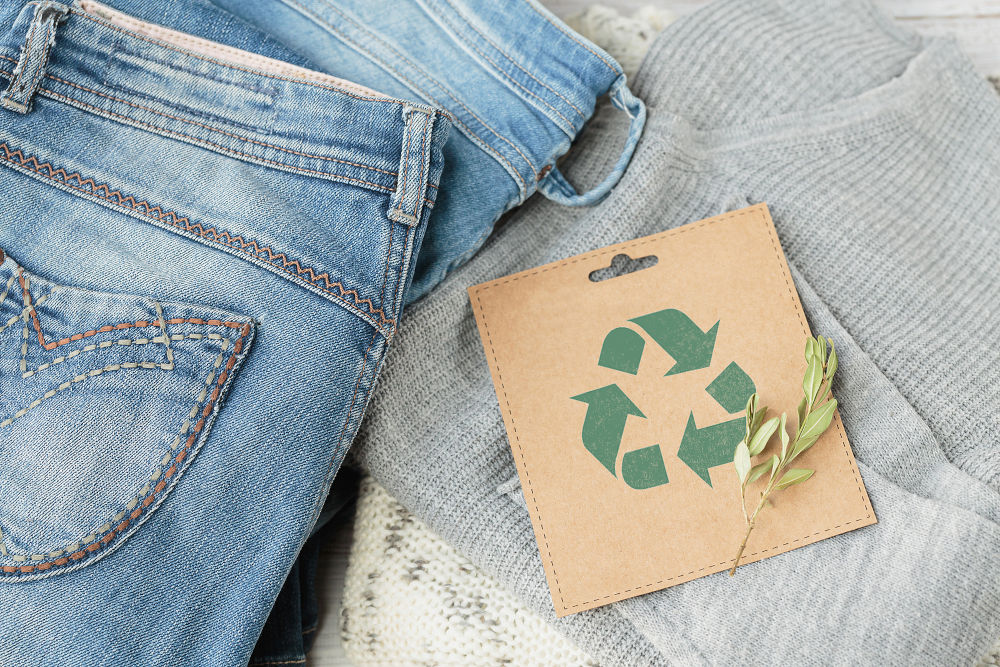I have been involved with waterproofing products for wet rooms for over 15 years. During this time I have received many phone calls and e-mails from people who have wanted a wet room but have been told by their builder / friend / dog sitter’s neighbour! “You can’t have a wet room on a second story”. I would like to point out, once and for all, that yes, you can create a wet room on the first floor, second floor or any other floor. You can also create a wet room on a wooden floor as well as on concrete floors. Yes it can be done, no it’s not difficult and no you won’t get leaks (providing the work is carried out correctly).
In looking at the pros and cons of this issue, it is interesting to consider the main differences between a conventional shower area and a wet room.
With a conventional shower area the shower tray itself is waterproof, but the rest of the room is generally not waterproofed at all. Any water that by-passes the confines of the tray has no way of entering the waste system and will instead leak through into the floorspace, rotting timbers or leaking into rooms below. When the shower is first installed you would hope that the installation would be watertight, however over the years silicone sealant becomes hard and less flexible, grout between tiles can crack and “water resistant” tile adhesive can break down. Many, many people over the years have had problems with leaking showers, and normally by the time the problem is discovered a lot of water damage has already occurred.
We can contrast the above with a properly installed wet room. Firstly the trapped waste outlet is installed at floor level. The floor is sloped down slightly (slope to falls) to create a gradient towards the waste. As water naturally wants to run downwards we can understand that providing it is contained, the water will run to the lowest point in the room, where it will enter the shower outlet and the waste water system. There is no way for water to bypass the waste outlet. The key to the success of this arrangement is waterproofing (also known as tanking). All wet rooms must be tanked, this should extend to the whole floor area, with a turn up of at least 100mm on to the walls. All walls in the immediate shower area should be tanked floor to ceiling. In this way any water that seeps through the tiling will be contained by the waterproofing. It will run downwards and will harmlessly enter the drainage system. We can therefore deduce that a wet room is a very secure proposition compared to conventional shower installations.
In terms of the ease of creating a wet room, the most challenging thing in people’s minds seems to be creating the “slope to falls”. This can be quite demanding if undertaking all the joinery from scratch, however the smart way of achieving the required “falls” is by using a Shower Tray Former. A shower Tray Former (also known as a “hidden shower tray”) is a pre-manufactured tray with the gradient already built in. They are generally flat on the back and fit directly over the floor joists, with a sloped front surface. The ones I am familiar with are made from environmentally friendly Birch Ply and are rebated ready to install the included wet room waste outlet. Once the tray is installed it is then waterproofed along with the rest of the floor, and will be tiled over, giving a continuity of design across the whole floor. All you will see of the former in the finished floor will be the grating, everything else is hidden.
When tiling over a wooden floor it is very important that the floor is rigid. If there is any “bounce” in the floor, then this will need to be eliminated by using extra “noggins”(extra joist installed between the existing joists, at a 90 degree angle). The flooring build up also needs to be quite thick, I would recommend a minimum floor board specification of 20mm WBP Plywood, but 24mm is even better!
The waterproofing system used must be of a type specifically designed for wet rooms. Normally they consist of a liquid rubber paste with extra re-enforcing tapes, sleeves and cloaks for wall to floor junctions, pipe penetrations and corners. The waterproofing needs to be flexible, highly temperature stable and breathable, within the European Union such waterproofing systems should conform to ETAG 22 and carry the CE markings.
In summary there are no particular restrictions on the location of a wet room, as long as the floor is rigid, a slope to falls has been created and the room is completely tanked with an approved waterproofing system. A Copy of this article with additional diagrams, and further information about wet rooms is available at Wet room Experts.


.jpg)


